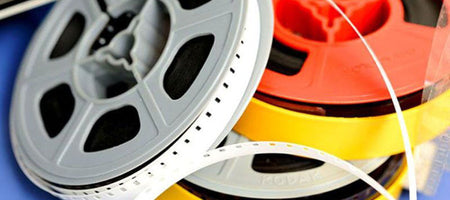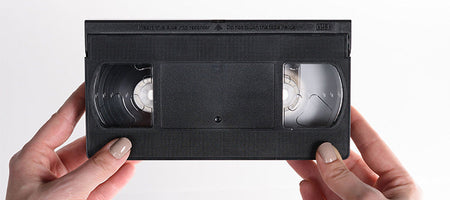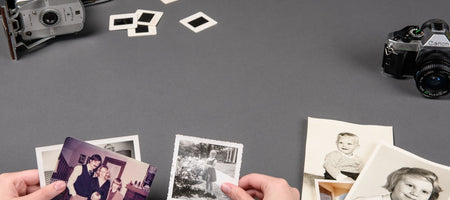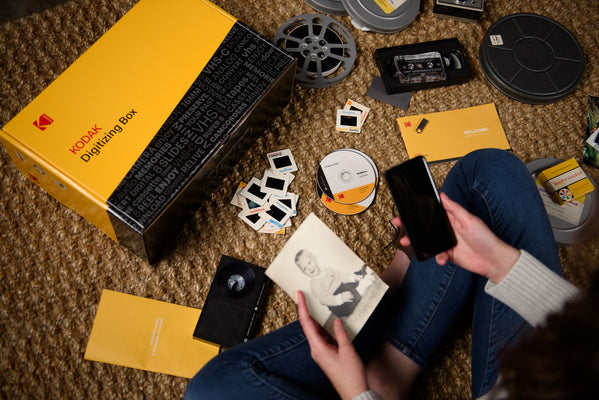The answer to this question is a little tricky, but interesting nonetheless. Film first came to fruition during the Victorian era through motion photography, also known as chronophotography. Chronophotography is when single photos from a steady camera are combined to create the illusion of motion.
When we think of film, we think of full-length feature movies. Longer movies started coming on the scene at the turn of the century in the early 1900s.But before we dive any deeper into the early beginnings of movies, let’s start with a horse galloping...
1878
A major inspiration for motion picture was the common Victorian question, “when a horse gallops, is there a moment when all four hooves leave the ground?”
In 1878, Eadweard Muybridge proved that all four hooves do indeed leave the earth for a fleeting moment. His studies were the birth of chronophotography, which some consider the first sample of film.
His set of still photos were added to a zoetrope (device that adds “motion” to several photos displayed in a wheel) on a repeated loop to make it look like the horse was ceaselessly galloping. The zoetrope was an animation toy from the 1830s that proved useful for chronophotography.
Muybridge’s work of studying animal movement was used for scientific research, not so much audience enjoyment, although Victorians were still amazed by the advancements.
1888
One year later, Louis Le Prince made a 2 second long film called Roundhay Garden Scene. The footage is of a man walking in a circle during an outside gathering. Being only a couple seconds in length without color or sound, it’s no blockbuster to say the least, but it was a huge breakthrough for the early stages of film.
There is no precise proof that it is the first motion-picture film, but Guinness Book of Records claims it’s the oldest surviving film in the world.
Roundhay Garden Scene was taped with a single-lens camera at 12 frames per second. Following this clip, many more clips from the late 1800s were also only a few seconds in length and often used as advertisements in window displays.
1906
Nowadays, when we think of “film” we imagine full motion picture film. These include several shots or scenes rather than just one single shot in motion.
The first feature film was The Story of the Kelly Gang in 1906 – an Australian movie about bushranger outlaws. The film was silent, although some movie theater screenings would include sound effects in the background or a live narrator.
The 60 minute length of the film was an impressive milestone for the era. Until then, films rarely exceeded 20 minutes. It just goes to show a lot can happen in 28 years of camera improvements!
Unfortunately, pieces of the film have been lost and only about 17 minutes remain from the original footage. Interestingly enough, even this footage was missing until four segments were uncovered in 1976, 1978, 1980, and 2006.
A couple years later, Les Miserables (1909) was the first feature adaptation. Other feature films produced shortly after include Oliver Twist, Cleopatra, Richard III, and more.
Do you have old film relics that need to be digitized? KODAK Digitizing Box can restore any film to a digital version for your convenience. You might not have missing pieces of Roundhay Garden Scene or The Story of the Kelly Gang in your closet, but who knows what you might discover!













